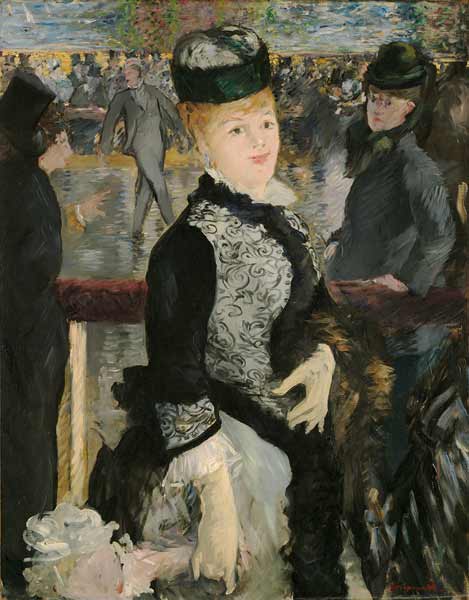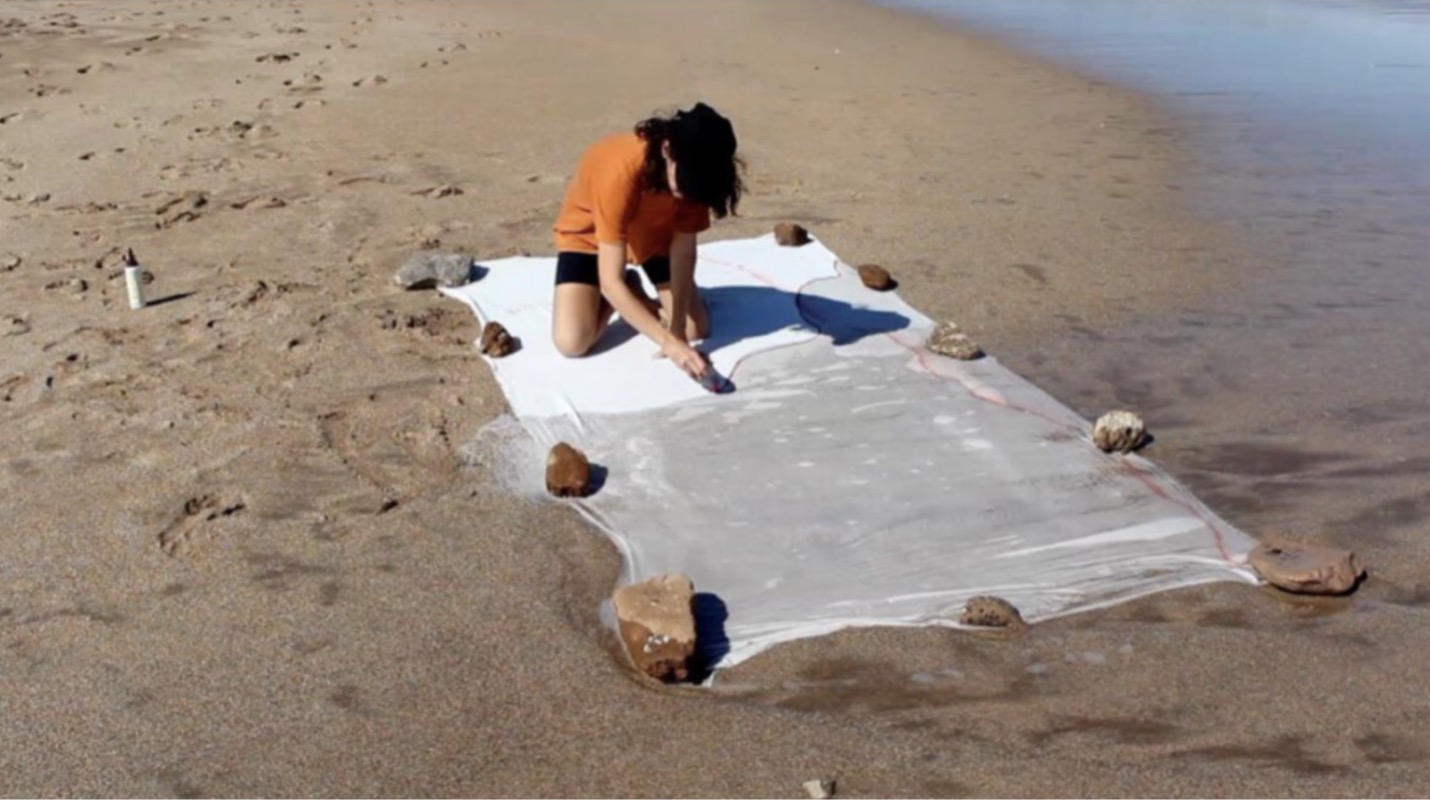When a group of objects has been shown together for decades, how do you present those works in a fresh way? And if new research yields a deeper understanding of certain objects, how will that affect their display? These are just some of the questions that curators in the Division of European and American Art are pondering while planning the reinstallation of Maurice Wertheim’s collection of impressionist and postimpressionist works in the Harvard Art Museums’ new facility.
When Wertheim passed away in 1950, leaving the Fogg Museum his collection of 43 paintings, sculptures, and drawings—by artists such as Cézanne, Picasso, and van Gogh—the gift terms stipulated that these objects must always be exhibited together as a group.
“It’s a wonderful puzzle,” said Elizabeth Rudy, Theodore Rousseau Assistant Curator of European Paintings, said of the reinstallation planning. She has overseen the curatorial process and an ongoing research project, and has worked with the Straus Center for Conservation and Technical Studies on the conservation of the collection.
One of Rudy’s first steps in solving the puzzle was to study past exhibitions—at both the Harvard Art Museums and museums that had borrowed the collection—to identify possibilities for installation. Armed with new ideas, she approached the problem from many angles. Since the Wertheim Collection includes several objects by the same artist—for example, four works by Degas, seven works by Matisse, and four works by Renoir—Rudy questioned if simply grouping the works by artist was a sufficient way to show the collection’s depth. She also wondered if arranging them relative to their periods of art history might present a more dynamic understanding of the collection.
In the end, old-fashioned trial and error has been key to the curatorial process. Rudy spent many months playing with magnetic maquettes (small models of works of art) and having extensive discussions with her colleagues, considering every possible combination of objects from the collection.
New research findings have also been crucial in developing the curatorial vision for the gallery. During this time when the collection is off view, the museums’ curators and conservators have been conducting necessary research, technical analysis, and conservation treatment on the works. The substantive results have provided Rudy with further options for presenting the collection in new ways. One excellent example of this is the discovery that Matisse’s Geraniums was made in 1910, not 1915 as previously thought. This is a significant difference, as 1915 marked a definitive break in Matisse’s approach to painting, and raises novel opportunities for exhibiting this work. Curators have incorporated the latest scholarly, conservation, and archival research in new labels for each of the Wertheim objects. Further, digital supplements for exploring the collection are under development.
Come fall 2014, on the first floor of the new Harvard Art Museums, the results of the division’s rigorous curatorial process will be on view for all to see. We’re eager to see our old friends from the Wertheim Collection, refreshed and welcoming us back to our historic and equally rejuvenated building.





